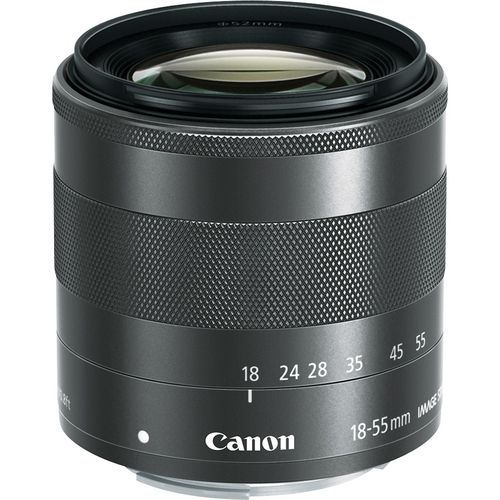

SCIO’s camera lens uses your iPhone’s display as a viewfinder, and can potentially pull battery power from the iPhone via reverse charging, so you don’t need to separately charge the camera lens. This allows for better photos, more detail, higher-resolution low-light shots, and much more accurate bokeh. With a much larger lens and sensor, SCIO’s imaging system is capable of capturing much more light than the iPhone 13’s multiple lenses. Combine this with Apple’s own computational photography chops and the SCIO turns the iPhone into easily the best camera a consumer can own, without breaking the bank.
#Mirrorless system lens meaning professional#
Snap it on and your smartphone is now a professional shooter capable of much more realistic portrait shots and telephoto images. Sure, your iPhone’s cameras are arguably already the best on the market, but when has that ever stopped Apple from pushing the boundaries further? Taking inspiration from Sony’s QX10 and QX100 modular camera lenses, SCIO is a mirrorless lens that simply attaches to your iPhone via MagSafe. Meet SCIO, a MagSafe camera lens from the mind of Vladimir Fer. Adding an array of magnets to the back of the iPhone just so you can attach a card holder to it seems like a massive waste of potential, doesn’t it? You could attach so many accessories via the MagSafe feature (and even allow the iPhone to detect and pair with it via NFC/Bluetooth), an external hard drive, a better speaker, or potentially even a larger, more professional-grade camera lens. Nikon offers a variety of lenses for the mirrorless Z system lens options-prime lenses, zoom lenses from wide-angle to super-telephoto, macro and more-many affordable options for your needs.Probably the most incredible interpretation of the iPhone’s MagSafe feature. Ultimately, knowing which lens is the next lens for you is really a matter of first figuring out the type of photography you love and then following your passion to create! This maximum aperture of this lens will also let you create content with beautiful bokeh wide open, allowing your subject to stand out from the background. The NIKKOR Z 40mm f/2 is a great all-around lens with a natural angle of view and its compact size means it’s a lightweight option to keep on your camera all of the time. If you're a people person, consider the NIKKOR Z 85mm f/1.8 S, a medium telephoto prime lens that's ideal for portraits as well as general and low-light shooting. NIKKOR Z 85mm f/1.8 S lens is a prime lens with the ideal focal length for portrait photography, along with its fast maximum aperture of f/1.8 which makes it useful in low light situations. You can also achieve this focal length by setting a full-frame/FX format camera to DX crop mode. This lens is ideal for full-frame/FX format cameras and compatible with APS-C/DX format camera bodies too, effectively becomming a 36-300mm focal length lens.

NIKKOR Z 24-200mm f/4-6.3 VR lens with a wide 24mm through 200mm telephoto zoom. It can also be used on a full-frame/FX format camera and would effectively become a 27-210mm focal length. This lens is ideal for APS-C size/DX format cameras. NIKKOR Z DX 18-140mm f/3.5-6.3 VR is a great all in one lens offering an ultra-wide focal length of 18mm through the telephoto zoom of 140mm. Nikon’s mirrorless lenses that fall into the all-in-one category include: Capture that majestic vista or isolate your subject from the background and get closer to the action with just one lens. One lens will give you the option of shooting from wide to standard to telephoto and everywhere in between.

All-in-one lenses are great for those creators who like to keep a camera with them wherever they go but who don’t want to carry multiple lenses.


 0 kommentar(er)
0 kommentar(er)
